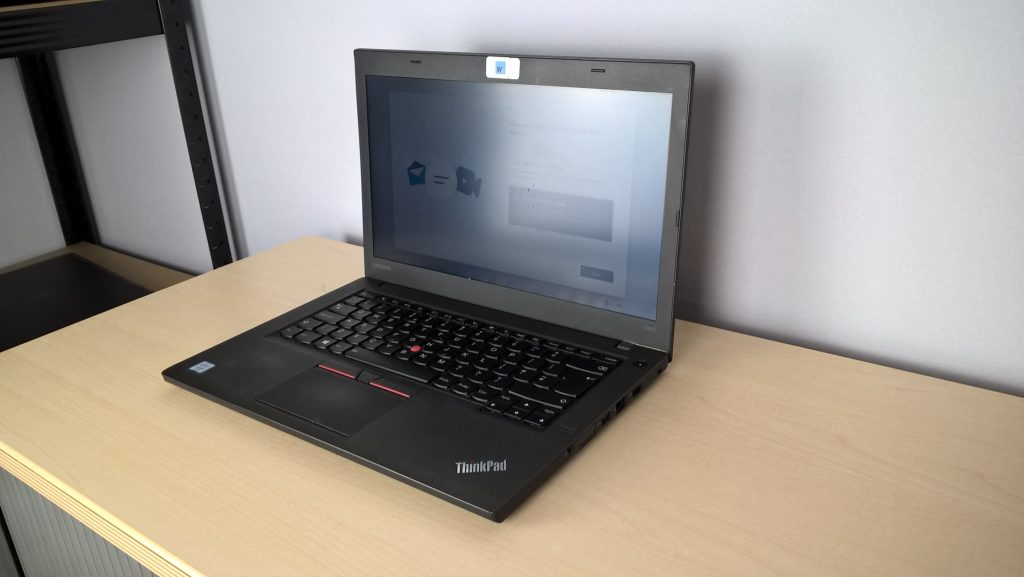Troubleshooting Slow Computer Speeds: What You Need to Know
Greetings, fellow tech enthusiasts!
If you’ve found yourself frustrated by sluggish performance on your mid-range computer, you’re not alone. This is a common issue that can affect anyone, and understanding its root causes can help you regain optimal performance.
Recently, while analyzing my system’s performance through the Task Manager, I noticed some unexpected slowdowns that piqued my curiosity. I must admit, my attempts to capture a screenshot were hindered by the very slowness I was experiencing.
Identifying the Culprits
Understanding what might be causing your computer to lag is the first step towards addressing the issue. Here are some potential factors that could be contributing to the slowdown:
-
Resource-Hogging Applications: Sometimes, background applications can consume significant system resources, leading to noticeable slowdowns. Review your Task Manager to identify any programs that are using an excessive amount of CPU or memory.
-
Outdated Drivers: Keeping your computer’s drivers up to date is crucial for ensuring smooth operation. Outdated drivers can cause compatibility issues and impact performance.
-
Malware or Viruses: Malware can significantly impact your system’s performance. Running regular antivirus scans can help eliminate unwanted software that may be affecting your computer’s speed.
-
Hard Drive Performance: If your computer is relying on a traditional hard disk drive (HDD), it may be time to consider upgrading to a solid-state drive (SSD) for faster read and write speeds, which can make a noticeable difference in overall performance.
-
Background Processes: Various background processes can significantly slow your system. Inspect what’s running and consider disabling unnecessary startup programs.
Should You Be Concerned?
While occasional slow speeds can be normal, persistent performance issues can indicate underlying problems that need addressing. By identifying and resolving these issues, you can improve your computer’s responsiveness and functionality.
If this resonates with you, consider taking the necessary steps to troubleshoot and optimize your system. Share your thoughts and experiences below – we’d love to hear how you’ve tackled performance issues on your own machines!
Stay tech-savvy!
Share this content:




Hello, and thank you for reaching out about your computer’s performance issues. Slowdowns can indeed be frustrating, but there are several steps you can take to diagnose and improve your system’s speed.
First, ensure that your resource-hogging applications are identified. Open Task Manager (press Ctrl+Shift+Esc) and check which processes are consuming high CPU, memory, or disk resources. Ending unnecessary tasks can free up system resources.
Next, verify that all your hardware drivers are up to date. You can do this through the Device Manager or by visiting your hardware manufacturer’s website for the latest driver versions.
Since malware can significantly affect performance, it’s advisable to run a full system scan with a reputable antivirus or antimalware tool. Regular scans can detect and remove malicious software that might be causing slowdowns. Examples include Windows Defender, Malwarebytes, or other trusted solutions.
If your computer uses an HDD, upgrading to a solid-state drive (SSD) can drastically improve load times and overall responsiveness. Additionally, review your startup programs (using Task Manager’s Startup tab) and disable any unnecessary applications that run on startup.
Finally, consider checking your system for any background processes that may be running unnecessarily or causing delays. Regular maintenance, such as disk cleanup and defragmentation (if using HDD), can also help maintain optimal performance.
If these steps do not resolve